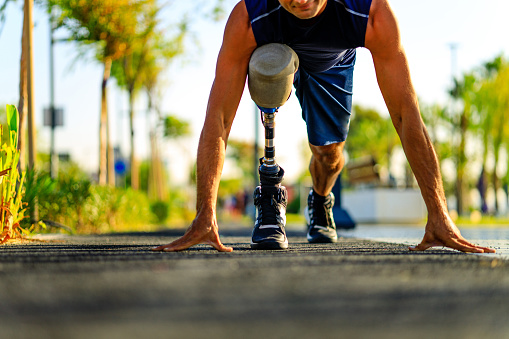Top Orthotics and Prosthetics

Orthotics and prosthetics are medical devices that help improve a person's limb or body part. They can be used to treat a variety of conditions, including arthritis, spinal cord injuries and stroke. They also can be used to replace a limb that has been lost. Prosthetics are often used to treat children with birth defects or disabilities that affect the limb, while orthotics are often used by adults to reduce pain and discomfort in their body parts.
How Can I Become an Orthotist and Prosthetist?
As an orthotist and cranial helmet prosthetist, you provide a wide range of health care services to people who suffer from disabilities resulting from injury or disease. You work with patients to assess their needs and prescribe the best medical device for their specific condition. You may perform your work at hospitals or private clinics.
The Prosthetic and Orthotic Option provides the opportunity to develop a career in an emerging health science field with increasing employment opportunities. You will acquire a broad understanding of human anatomy, biomechanics and physiology to design, fabricate, and fit orthotic and prosthetic devices. You will also study clinical assessment, research methodology and practice management.
What Is the Work of an Orthotist and Prosthetist Like?
In order to prepare to work in this field, you need a master's degree and supervised clinical experience. You can get a job as an orthotist and prosthetist in hospitals, public and private clinics, and medical equipment and supplies manufacturing companies.
Those who work as prosthetists and orthotists are certified health care professionals with extensive training and expertise in the design, fitting, and use of these medical devices. They also stay abreast of current advances in products and technology.
What Are the Benefits of Working as an Orthotist and Prosthetist?
The main benefits of being an orthotist and prosthetist from prosthetic companies Philadelphia are the ability to make a positive difference in the lives of your patients. You can work with children, young adults and the elderly to treat a range of illnesses and conditions and help them regain their independence and quality of life.
How Does a Patient Choose an Orthotic or Prosthetic Device?
Once a patient has been diagnosed with a physical condition that requires an artificial limb, they can begin to decide what type of medical device they want. This will depend on a number of factors, such as the patient's lifestyle and personal goals. It may be that they want to look as natural as possible, or it might be that they need to increase their mobility.
You may also want to consider working with a team of healthcare professionals, such as a physician, a physical therapist, an occupational therapist, a prosthetist and an orthotist, who will be able to collaborate on the best device to meet their patient's specific needs.
You will gain experience from a wide range of clinical placements and workshops, in which you will learn to prescribe, design, fabricate and fit prosthetic and orthotic devices. You will develop strong practical skills in the research methodology and clinical assessment that are essential to a successful career as an orthotist or prosthetist. Check out this website at https://www.huffingtonpost.com/2013/05/10/prosthetics-for-boston-marathon-bombing-victims_n_3251991.html for more info about prosthetics.
